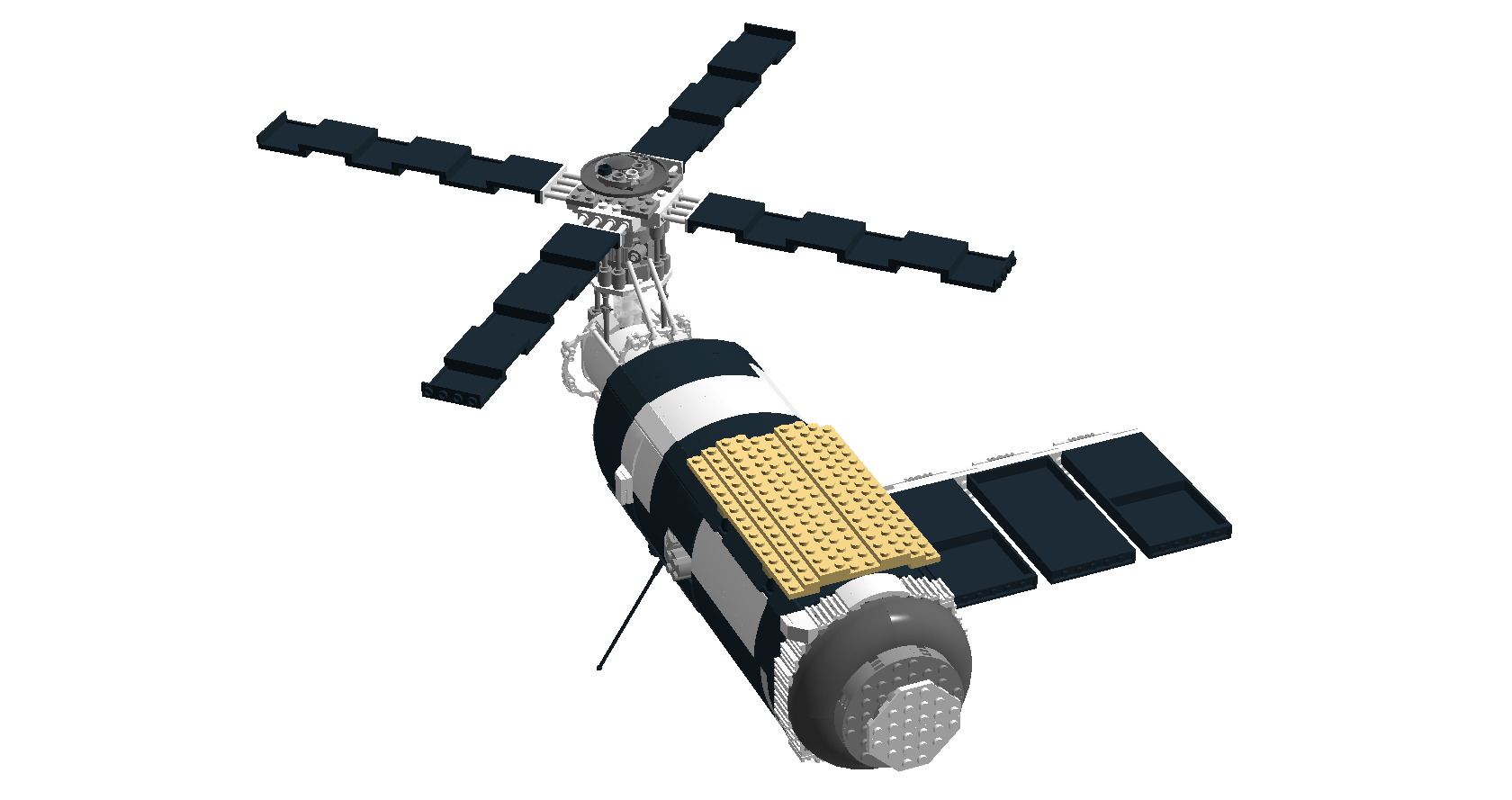
Saturday, April 28, 2012
Skylab
Skylab (here in virtual LEGO form by iPaloosa) was a space station operated by NASA in the early 1970s. Scientific missions included close observations of solar activity and studies on the long term effects of microgravity on the astronauts (to consider the long term feasibility of living and working in space). In 1979, atmospheric drag caused the space station to lose altitude and then fall back to earth, with debris landing near Perth, Australia.


Friday, April 27, 2012
Extra-vehicular activity
In 1965, Alexey Leonov went on the very first space walk, leaving behind the relative security of his orbiting Voskhod 2 capsule and depending only on his spacesuit for survival. Since then it has become much more common (Wikipedia lists 351 instances) for astronauts to maneuver outside to perform tasks like satellite repairs. Both icare and Dar2k came up with similar space walk scenes for the recent L13 contest on BrickPirate with the them 'head in the stars'.
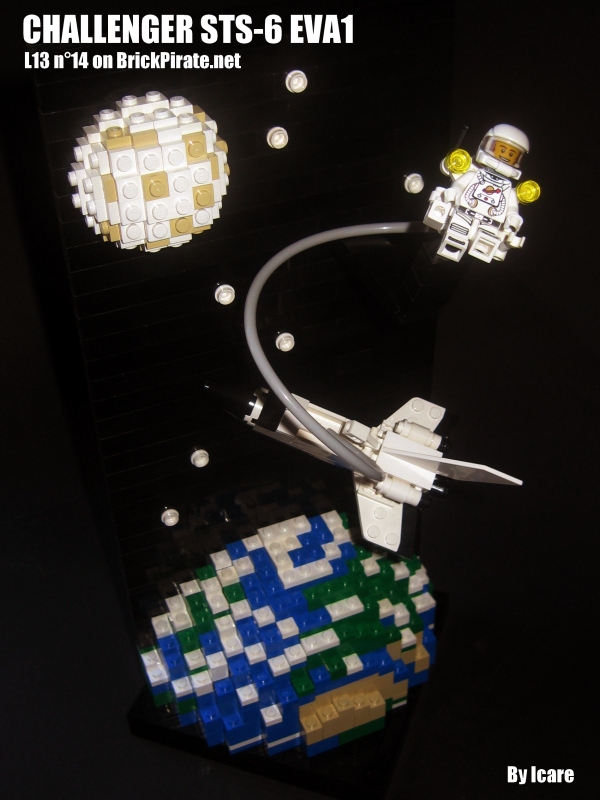
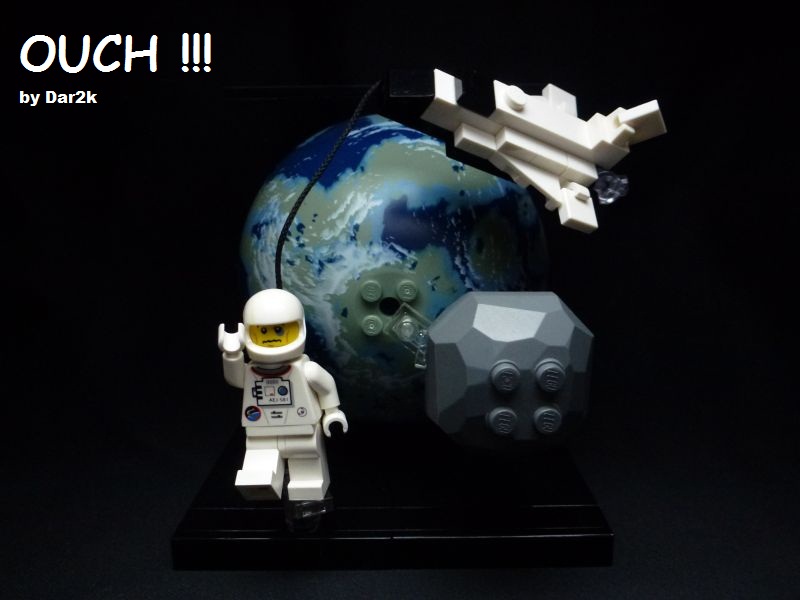


Monday, April 23, 2012
DNA
All living creatures are coded by the same four nucleic acids, just put together in different orders. Hydrogen bonding allows for the bases to pair up into a twisted ladder structure, which is key to replication, transcription and translation. William Keckler shares this mosaic of the familiar DNA double helix. I suspect that this is actually digitally created rather than built of actual LEGO brick.
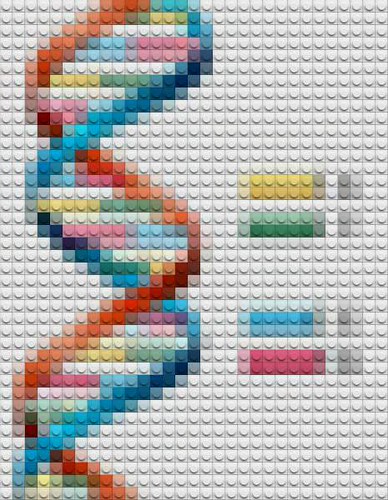

Friday, April 20, 2012
Apollo 11
Legohaulic made the Apollo 11 command and service modules on commission and made a lunar lander to complete the set.
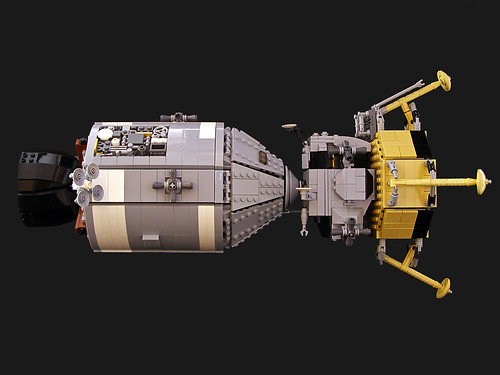
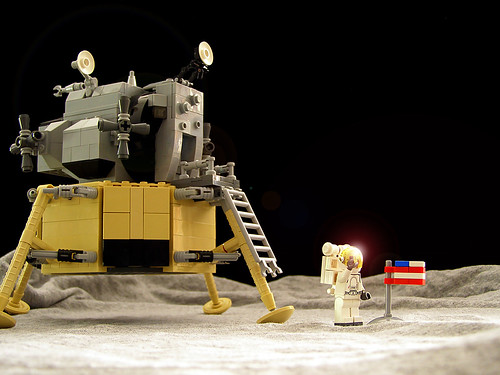


Thursday, April 19, 2012
Aurora Borealis (and Aurora Australis, for that matter)
In addition to sending out heat and light, the sun also emits a constant stream of charged particles, known as the solar wind. These particles are largely deflected away by the earth's magnetic field, except near the poles, where the lines of the magnetic force form a funnel, leading these particles down towards the upper atmosphere. When these particles encounter molecules such as nitrogen and oxygen gas in the upper atmosphere, some of their energy is transferred, leading to excited state forms of these atmospheric gases. When the excited state forms relax back down to the ground state, that excess energy is given off in the form of light. The result is the light show known as the aurora borealis in the north and the aurora australis in the south. Dave and John from briXwerX made this great northern lights scene. Be sure to watch the video to see the light flickering. BTW, they also dedicated this as a tribute to Heather Braaten and her children.


Tuesday, April 10, 2012
Cool graphs
This is in some sense more of a business story, but the organization and presentation of data is key to the sciences as well. According to this story, LEGO has saved General Motors $1 million. Two executives from very different areas (healthcare and car manufacturing) were old friends, and they often talk with each other about their problems. They were each struggling with innovative ways to keep track of data. Their solution - LEGO. Using LEGO they could create a very simple three-dimensional graph to keep track of work flow and patient care. As data changes, it was easy to shift pieces around to reflect this. The placement of the bricks, their color, and the sizes of the stacks all have significance. They note that this is very useful in team meetings, as everyone can be sitting around the table and instantly see how things are working. Also, as Mark Wilson writes: "By mapping real world problems to an icon of our youth, each challenge must be approached with an inherent playfulness. And because Legos are, by their very nature, expected to be rebuilt, patterns don’t appear stuck in stone--or just as bad--printed in ink." This is overall a pretty cool idea, and could have applications in any area where information has to be manipulated.
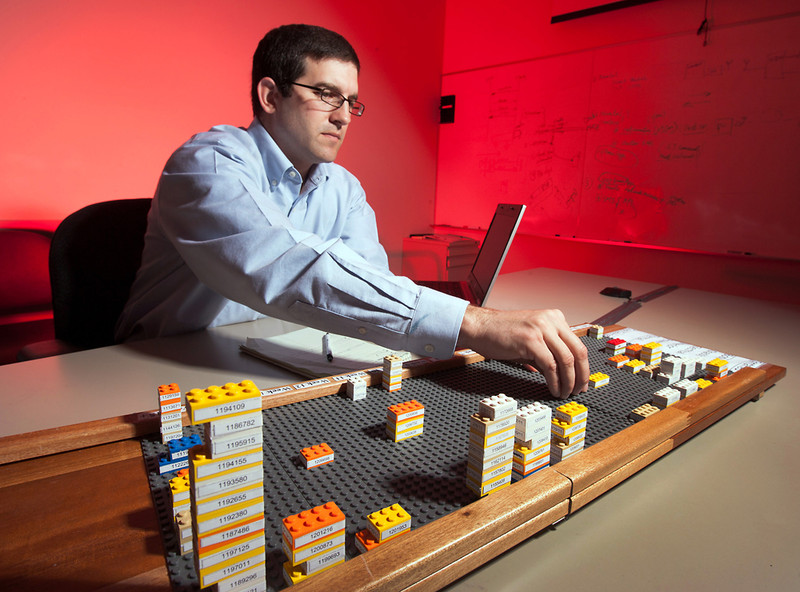
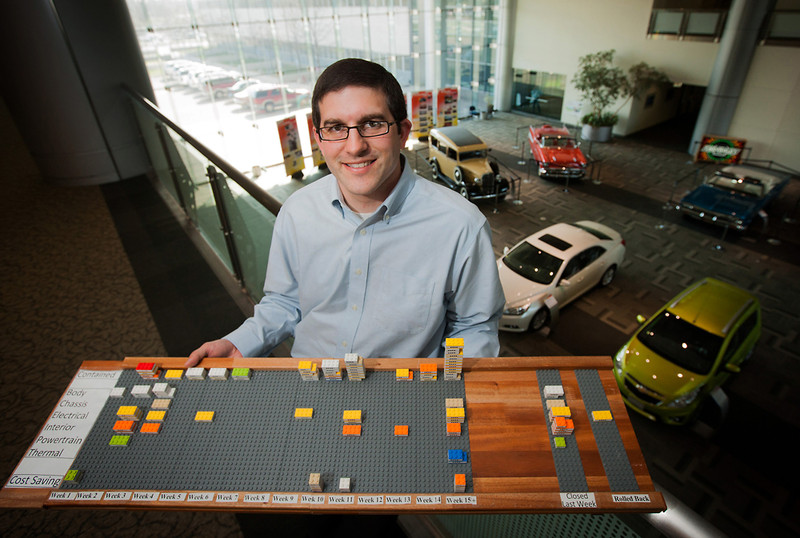


Monday, April 9, 2012
Catch a wave and you're sitting on top of the world
Scientists at the Australian National University have been studying waves. Specifically they are interested in rogue waves. These are sudden large waves that appear in an otherwise calm sea. This is not the same thing as a tsunami, which is triggered by an underwater earthquake. Instead these are sudden freak occurrences, and for a time they were thought of as sailors' tall tales, but they have been clearly documented. There are a variety of proposed causes, but these researchers, among others, think that it is a nonlinear effect where an unstable wave can develop against background vibrations, and this wave can pull energy from other smaller waves - so these other waves flatten out, and this freak wave suddenly grows to great height. This is a variation on Peregrine soliton, a wavefunction solution that has found some application in fiber optics. Anyway, why on this blog? Because the Australian researchers had a bit of fun with their study and had a LEGO pirate on a boat in the wave tank where they were studying these rogue waves. Watch the video to see if the minifig goes down with the ship. (Okay, it's actually an imperial soldier, but all of the articles refer to him as a 'LEGO pirate'.)
Muybridge
In a nice little coincidence of timing, today's Google doodle honors Eadward Muybridge from my last post on the 182nd anniversary of his birth.
Thursday, April 5, 2012
Zoetrope
I've previously noted how a zoetrope uses a series of still pictures to trick your brain into seeing movement - essentially the same thing that happens in a movie projector. Here is a zoetrope of a galloping horse by Lego Tron. The galloping horse is a particularly appropriate subject (as Lego Tron notes), because it hearkens back to the work of Eadweard Muybridge. Muybridge was a photographer who was interested in seeing how animals move. In a famous experiment, he set up a series of cameras along a racetrack that were triggered to snap photos as a horse galloped past. These pictures could be strung together in an early version of a motion picture, similar to the zoetrope, called a zoopraxiscope. These pictures also proved that at points during the gallop, all four feet were in the air at once. BTW, I first learned about the Muybridge work after Ahmed Zewail won the 1999 Nobel Prize in Chemistry, since he compared his work to Muybridge. Zewail used extremely short (femtosecond) bursts of laser light to "photograph" a reaction in motion, and actually characterize something at (or very near) the transition state. In comparison to the Muybridge work, this is like being able to sit and study the horse with all four feet in the air. Of course you normally can't do that, since the horse would fall to the ground, but you can study the photograph that captures that moment in time. A transition state (which is a point in the reaction path where some bonds from the starting material are breaking and other bonds from the product are being formed) can normally not be observed, since it is so instantaneous, but Zewail gave us a peek behind that curtain.


Wednesday, April 4, 2012
T Rex
Tyrannosaurus Rex lived throughout what is now western North America in the Maastrichtian age of the upper Cretaceous Period (not the Jurassic, no matter what Chrichton and Spielberg say). He was the largest carnivore around, and is usually depicted as preying on triceratops and others, though some argue he was more scavenger than predator. T Rex's were first discovered a little over a century ago, it seems that there are about 30 or so known specimens, including about 15 skeletons that are more complete. That was surprisingly low to me, but looking at what various paleontologists have written, that seems to be a pretty rich sample size. According to Mahjqa and Steve Demlow there is a complete skeleton just a few feet underground in this LEGO city (Mahjqa designed this, Steve built it). You'd think those LEGO guys would dig it up, as Sue (the largest T Rex found, just over 20 years ago) was bought by the Field Museum in Chicago for over $8 million.
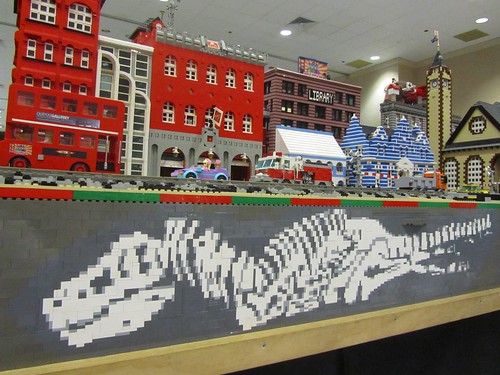
Via MosaicBricks.

Via MosaicBricks.
Subscribe to:
Comments (Atom)